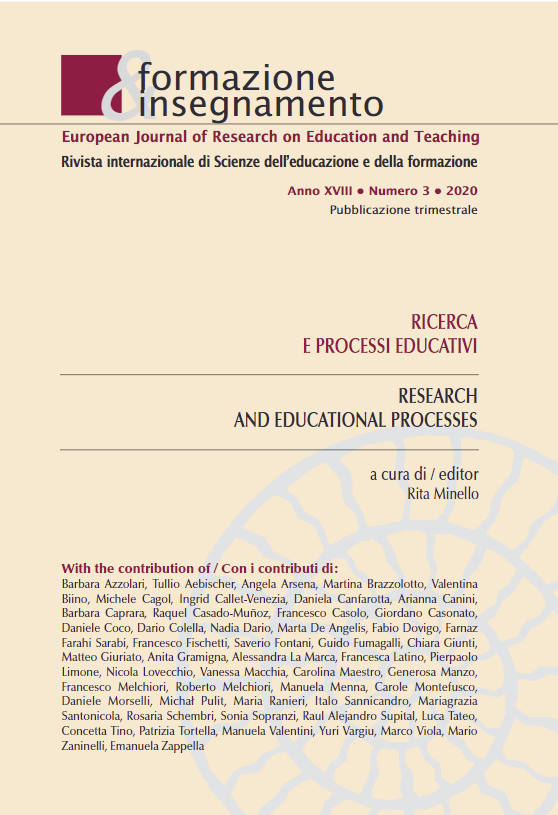Constructing emotions from the perspective of the dramaturgical theory on the example of the Smolensk disaster
DOI:
https://doi.org/10.7346/-fei-XVIII-03-20_25Resumen
The author uses the background of the Erving Goffman’s dramaturgical theory to analyze how emotions are constructed. The interpretation of reality as a theater play and individuals as actors playing several roles simultaneously allows the author to realize the potential hidden in the fabrication of emotions aroused in involved recipients of the interaction. The analysis of the interaction through the prism of a performance based on creating an already assumed impression by an individual allows the society to reveal the unstable credibility of the director’s intentions and doubtful authenticity of emotions that have been automatically aroused in the audience. The way in which the Smolensk disaster, one of the most tragic events in Poland’s recent history, was illustrated in the media, offers an example of how consecutive borders were pushed on the road to managing the impression. The exploration of the selected sociological concept in the perspective of emotions encourages us to reflect on the reality of identities possessed by social individuals and the very content of the communication sent by them. An individual is currently disorientated when interpreting polarized communications and experiences antinomian emotions, therefore it seems that the only chance of beneficial change in the value of social life lies in at-tempting to integrate affective and rational experience.
Descargas
Publicado
Cómo citar
Número
Sección
Licencia
Derechos de autor 2020 Pensa MultiMedia

Esta obra está bajo una licencia internacional Creative Commons Atribución 4.0.
Formazione & insegnamento se distribuye bajo la licencia Atribución 4.0 Internacional (CC BY 4.0).
Para más detalles, por favor refiérase a nuestra Política de Repositorio y Archivo, así como a nuestros Términos de Derechos de Autor y Licencia.





